In the “culture” section of the venerable Atlantic magazine last month, there was a news item I wouldn’t want you to miss: “The Italian fashion house Dolce & Gabbana has just launched a line of hijabs (headscarves) and abayas (cloaks) in the label’s signature playful, theatrical aesthetic.”
The article’s author, “fashion historian” Kimberly Chrisman-Campbell, goes on to wax enthusiastic about how these “pieces” are being “accessorized,” including with “oversized sunglasses, cocktail rings, stilettos, and statement bags.” She saves for the last paragraph, her analysis of the deep meaning of these stylistic innovations:
“Dolce & Gabbana’s announcement comes at a critical time, making the statement that Western fashion and Islam can make for an aesthetically compatible and socially productive union: yielding beautiful garments and helping in some small way to chip away at the marginalization of Islam in countries like the United States, the United Kingdom and France.”
Let me be clear: I do not regard hijabs as a problem — so long as the women wearing them have chosen to do so. Indeed, women can look quite elegant in such attire. As for abayas: Candidly, when I see a woman veiled in black from head to toe, even her face hidden, I wonder how much freedom she enjoys or whether she receives orders she dare not disobey. I believe in liberty, not least for women, Muslim women included. Does that make me an imperialist?
What’s more, as an historian, Ms. Chrisman-Campbell ought to know that in Iran, after the 1979 Islamic Revolution, women were forced to wear what in that country are called chadors. To this day, those who do not are subject to arrest. And in Saudi Arabia in 2002, religious police beat young girls to prevent them from leaving a school “because they were not wearing the abaya.” Fifteen schoolgirls perished as a result. Are multiculturalists really prepared to defend such practices?
Recommended
I also object to the contention that we should view haute couture headscarves and cloaks as signs of Western progress or, worse, as penance for “Islamophobia” and other grievances that are said to spark “violent extremism.” Such theories, reassuring as they may be to the blame-America-first crowd, do not stand up scrutiny.
Dolce & Gabbana is (are?) not alone. Also last week, in The Wall Street’s glossy magazine, there appeared a full-page advertisement for Bottega Veneta, an Italian “luxury goods house.” It shows a somewhat effeminate teenage boy reclining and staring off into the middle distance. He wears flip-flops, his pants are pushed up to reveal slender calves, he sports a burgundy jacket and a lavender knit cap of the sort (if not the color) often worn by devout Muslims.
To whom is this ad meant to appeal? Is it really about selling clothes? Or is it, too, intended “in some small way to chip away at the marginalization of Islam”? If so, it may be counterproductive since most Islamic leaders probably would not approve of images that use their religion symbols to suggest licentiousness.
Speaking of what Islamic leaders may or may not approve: The Italian government last week placed plywood boxes over ancient nude sculptures at Rome’s Capitoline Museums. The stated intention was to demonstrate “respect” for Iranian President Hassan Rouhani, who was taking a European victory lap following the nuclear agreement he concluded with President Obama and the subsequent lifting of sanctions on the Islamic Republic, regarded in elite circles as a rogue state no longer despite its ongoing sponsorship of terrorists and criminals abroad, and egregious human rights violations at home.
Suzanne Maloney, a scholar at the left-leaning Brookings Institution, lamented the “alacrity with which Italian leaders jettisoned their values and historical legacy.” She expressed concern that “a Europe that would so readily censor the treasures of its own glorious antiquity, in an obsequious gesture that was apparently unbidden by Tehran, is unlikely to jeopardize any budding business to penalize any Iranian infractions of the agreement, or to put pressure on Iran over any of its other objectionable policies.”
The Italians found an additional way to bow to Mr. Rouhani religious sensibilities: At an official dinner, they conspicuously served no alcohol. And when the pope met with the Iranian president, the former chose not to raise such sensitive subjects as Iran’s rising death sentences, including for homosexuality, adultery, apostasy and moharebeh, enmity against God.
Now maybe Mr. Rouhani thought: “What splendid hosts! The next time the Italian prime minister or the pontiff comes to Tehran I shall break out the Valpolicella to make them feel at home. And I will see to it that no one is hanged or stoned while they’re in town since I understand Europeans frown on such things.”
More likely, however, he saw weakness; further evidence that Europeans no longer esteem their own cultures or value individual freedom. That could only have invited his contempt.
aThe distinguished British journalist Daniel Johnson, in Mosaic magazine last month, observed that in Europe today “Islam is advancing by leaps and bounds. It is not only a matter of mass migration and high birthrates; increasingly it will also be a matter of mass cultural, religious, and political influence. “
He further noted that “Islamists promote their intolerant, triumphalist, aggressive interpretation of Islam in part by contrasting it with European decadence. Faced with such a choice, is it any surprise that many young Muslims become Islamists and more than a few of them jihadists?”
The question answers itself — at least for those not indulging in comforting delusions, among them the notion that Islamism need not be defeated; it just needs to be accessorized with “oversized sunglasses, cocktail rings, stilettos, and statement bags.”

















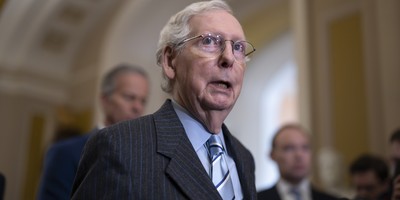


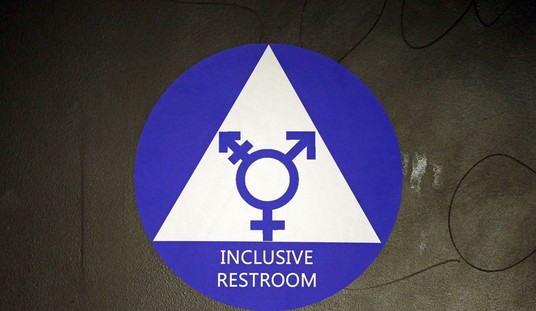
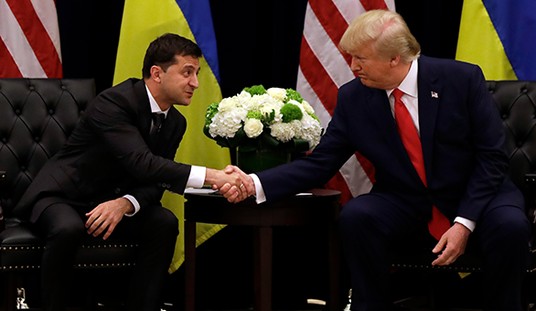
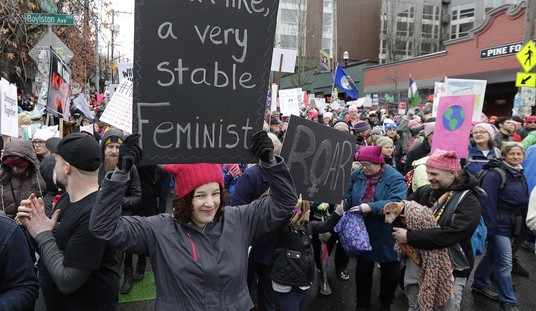

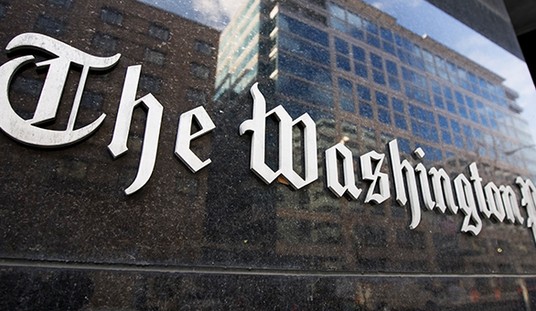
Join the conversation as a VIP Member